Who doesn’t love a good book? Now that we’re deep into Summer 2015, there’s no better time to grab some iced coffee, find an air-conditioned shelter, and dive into a few awesome reads. Here are a few of our favorites.
Note: Book prices may vary depending on which format you choose — paperback, hardcover, audiobook, Kindle, etc. As such, listed with every book below are links to its respective formats, along with current prices rounded up to the next dollar.
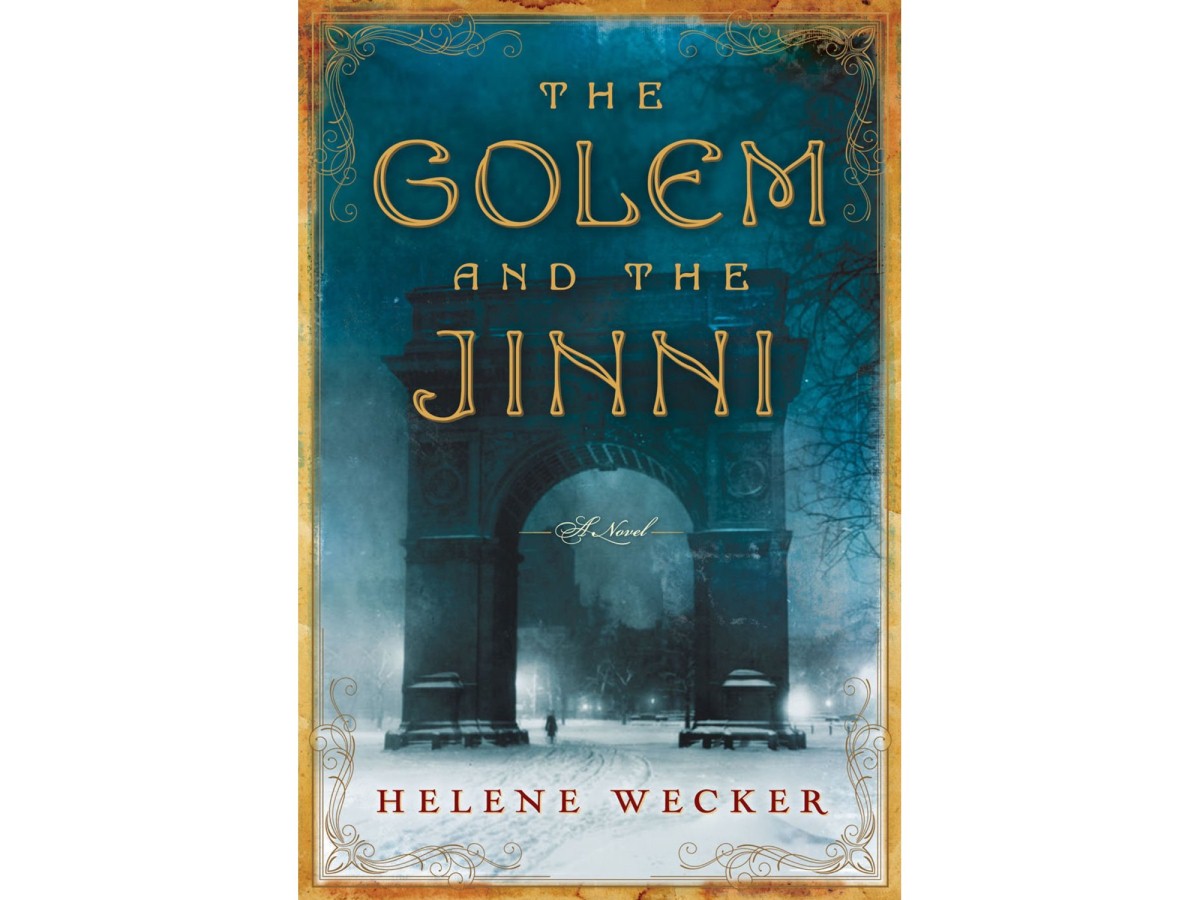
The Golem and the Jinni by Helene Wecker.
The Golem and the Jinni by Helene Wecker »
Helene Wecker’s debut novel The Golem and the Jinni is a nice, meaty story that will hold your interest from start to finish. It’s about a female golem (Chava) who is marooned in the city after her Polish-immigrant master dies at sea, and a male jinni (Ahmad) who is accidentally released from an ancient copper kettle by a Syrian tinsmith, only to find himself mysteriously trapped in human form. Each of them struggles, in their own respective ways, to adapt to American society — just as human immigrants would.
The unique mixture of Jewish and Arab mythologies, along with American history, is quite compelling. We’ve found it hard to put the book down after starting it.
- Paperback ($14)
- Hardcover ($18)
- Audiobook (digital) ($40)
- Audiobook (CD) ($45)
- Kindle format ($10)
- iBooks format ($10)

The Martian by Andy Weir.
The Martian by Andy Weir »
One of the best sci-fi books of 2014, and soon to be released as a film starring Matt Damon. (Trailer contains NWS language.)
It’s about an astronaut who becomes accidentally stranded alone on Mars during a botched mission, left with only a limited amount of supplies — and thus, time. It’s fascinating to see how he applies his wits and engineering/botanical knowledge to such a grim situation. As we’ve said before, The Martian is not a book for children, however enthusiastic they may be about space.
- Paperback ($9)
- Hardcover ($14)
- Audiobook (digital) ($27)
- Audiobook (CD) ($8)
- Kindle format ($6)
- iBooks format ($6)
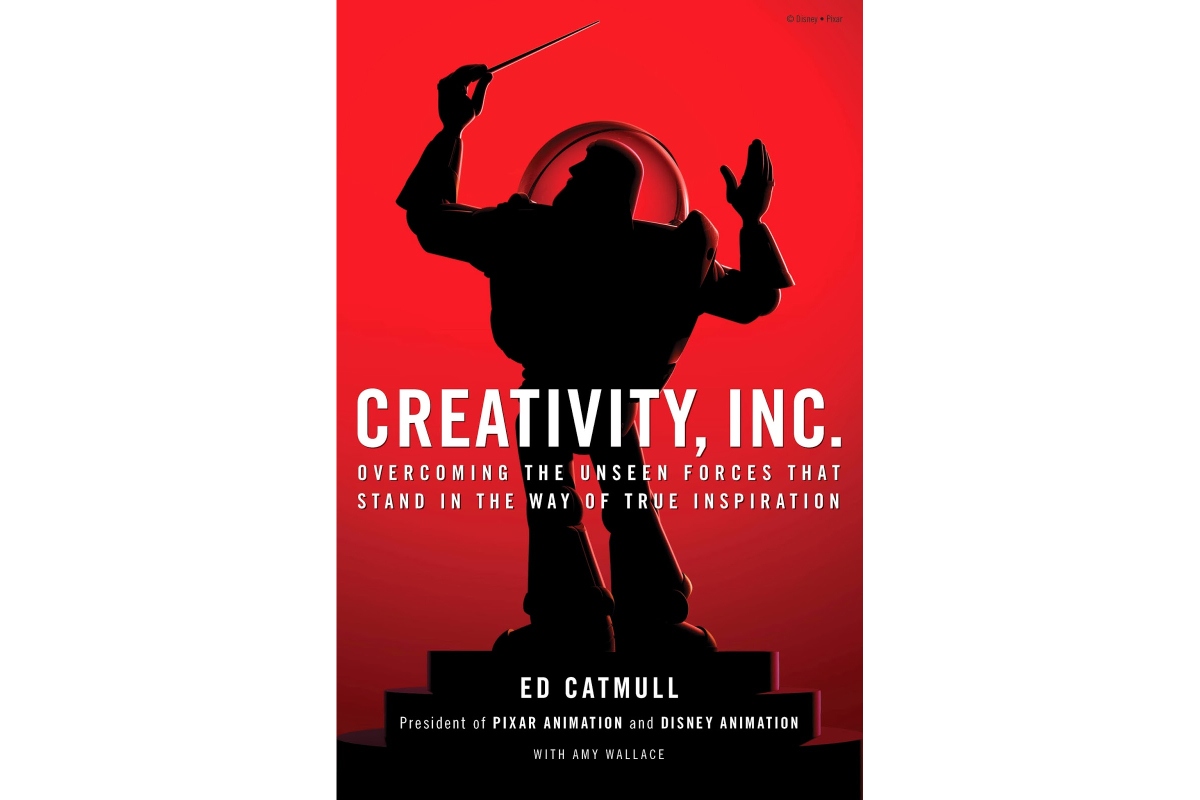
Creativity, Inc. by Ed Catmull & Amy Wallace.
Creativity, Inc. by Ed Catmull & Amy Wallace »
Ed Catmull, alongside Steve Jobs and John Lasseter, co-founded Pixar. In fact, he played a key role in developing the rendering system used in several of their films and by the wider film industry.
He has also co-written a book called Creativity, Inc., granting readers a peek into the creative process at Pixar and showing how other businesses can apply the many lessons he has learned from managing teams of creative people over the years.
In the book he talks of sustaining a company’s creative culture, sharing insights into the unique, somewhat unconventional philosophies that helped Pixar become the animation giant we know and love today. Anyone who has ever managed or been part of a creative organization should read this book.
- Paperback (from $11)
- Hardcover ($16)
- Audiobook (digital) ($21)
- Audiobook (CD) ($25)
- Kindle format ($10)
- iBooks format ($14)

Exploring Calvin and Hobbes: An Exhibition Catalogue by Jenny Robb.
Exploring Calvin and Hobbes: An Exhibition Catalogue by Jenny Robb »
In Exploring Calvin and Hobbes: An Exhibition Catalogue, Jenny Robb (Billy Ireland Cartoon Library and Museum curator) sits down to chat with legendary cartoonist Bill Watterson about his life, his influences, and generally everything that makes him tick.
The interview alone is worth the price of admission, but the book also contains art from cartoons and cartoonists that Watterson identifies as influential, including Peanuts, Pogo, Krazy Kat, Doonesbury, Pat Oliphant, Jim Borgman, Flash Gordon, Bloom County, and Ralph Steadman.
If you identify at all as a fan of Calvin and Hobbes, you need this book in your life.
- Paperback ($12)
- Kindle format ($9)
- iBooks format ($10)
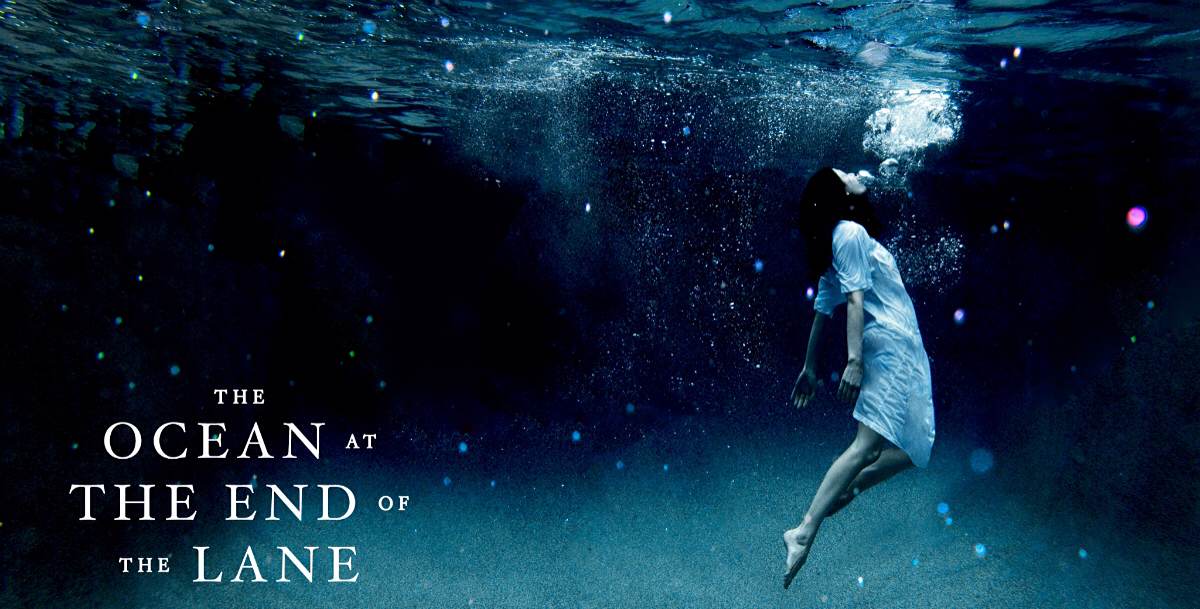
The Ocean at the End of the Lane by Neil Gaiman.
The Ocean at the End of the Lane by Neil Gaiman »
In stark contrast with his lighthearted children’s book Fortunately the Milk, Neil Gaiman’s 2013 novel Ocean at the End of the Lane is a dark tale that resurfaces in the mind of its protagonist as he recalls a series of disturbing events from his youth. While I wouldn’t exactly call it a horror novel, there are indeed some spooky moments and… let’s just say not-kid-friendly scenes (despite the majority of it being told from the vantage point of a seven-year-old boy). The best description I could come up with is “macabre fairy tale.”
I don’t want to spoil any of the story, so I’ll just recommend picking up the book if you haven’t already. It’s a relatively short read and well worth your time.
- Paperback ($9)
- Hardcover ($18)
- Audiobook (digital) ($22)
- Audiobook (CD) ($20)
- Kindle format ($8)
- iBooks format ($8)
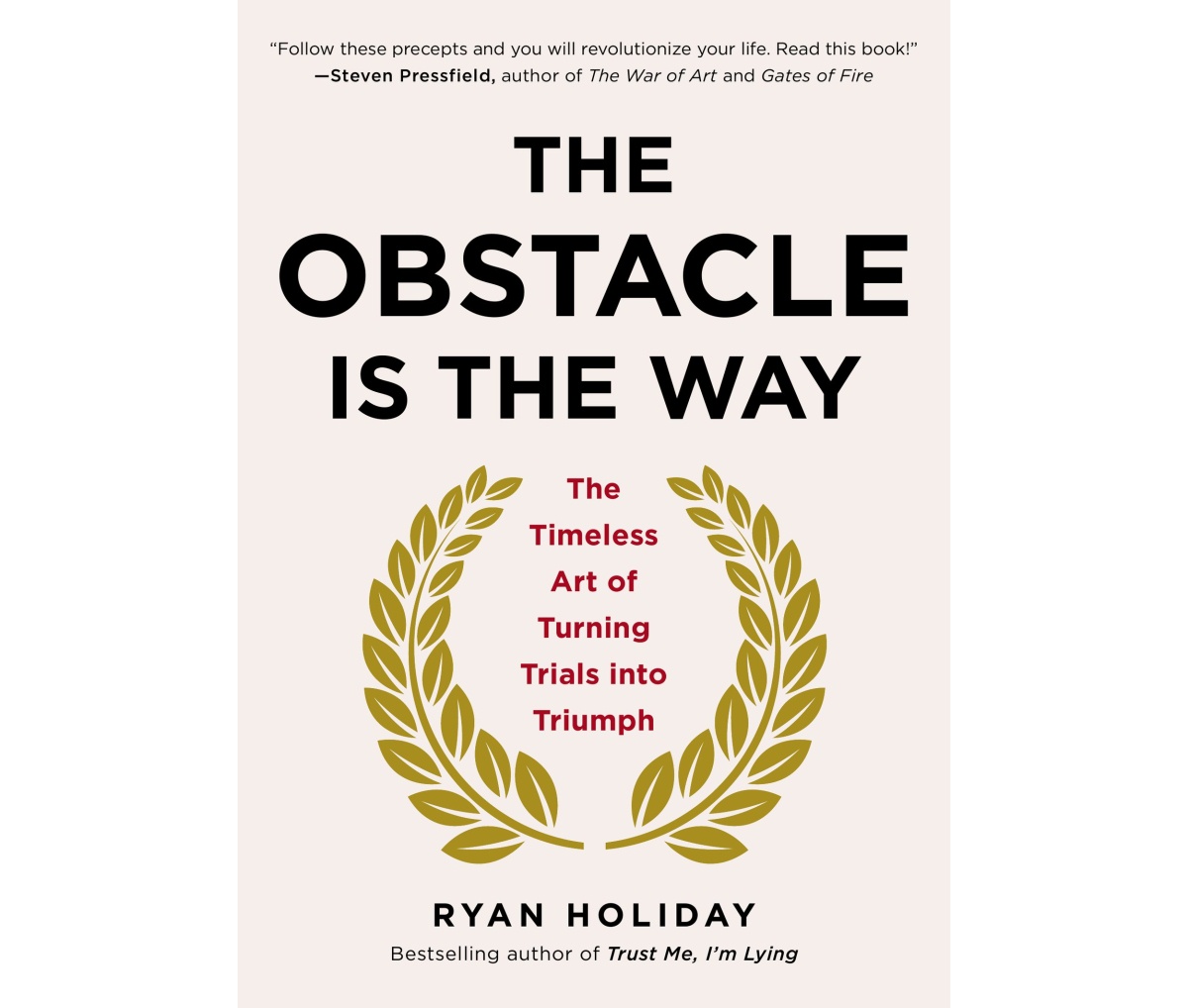
The Obstacle is the Way by Ryan Holiday.
The Obstacle is the Way by Ryan Holiday »
The Obstacle is the Way by Ryan Holiday uses the tenets of stoicism to provide an interesting perspective on life’s challenges.
Rather than feeling utterly defeated at every wrong turn, Holiday wants readers to view such obstacles as teachable moments that can fuel one’s ambition rather than snuff it out. It’s not about gushy optimism, it’s about having relentless persistence in the face of hardship. It’s a fascinating way of looking at the world and a well-written book besides.
The book collects life lessons shared by some of history’s greatest figures, such as Marcus Aurelius, Steve Jobs, Theodore Roosevelt, Ulysses S. Grant, and many more. All good stuff.
- Hardcover ($14)
- Audiobook (digital) ($15)
- Kindle format ($4)
- iBooks format ($4)
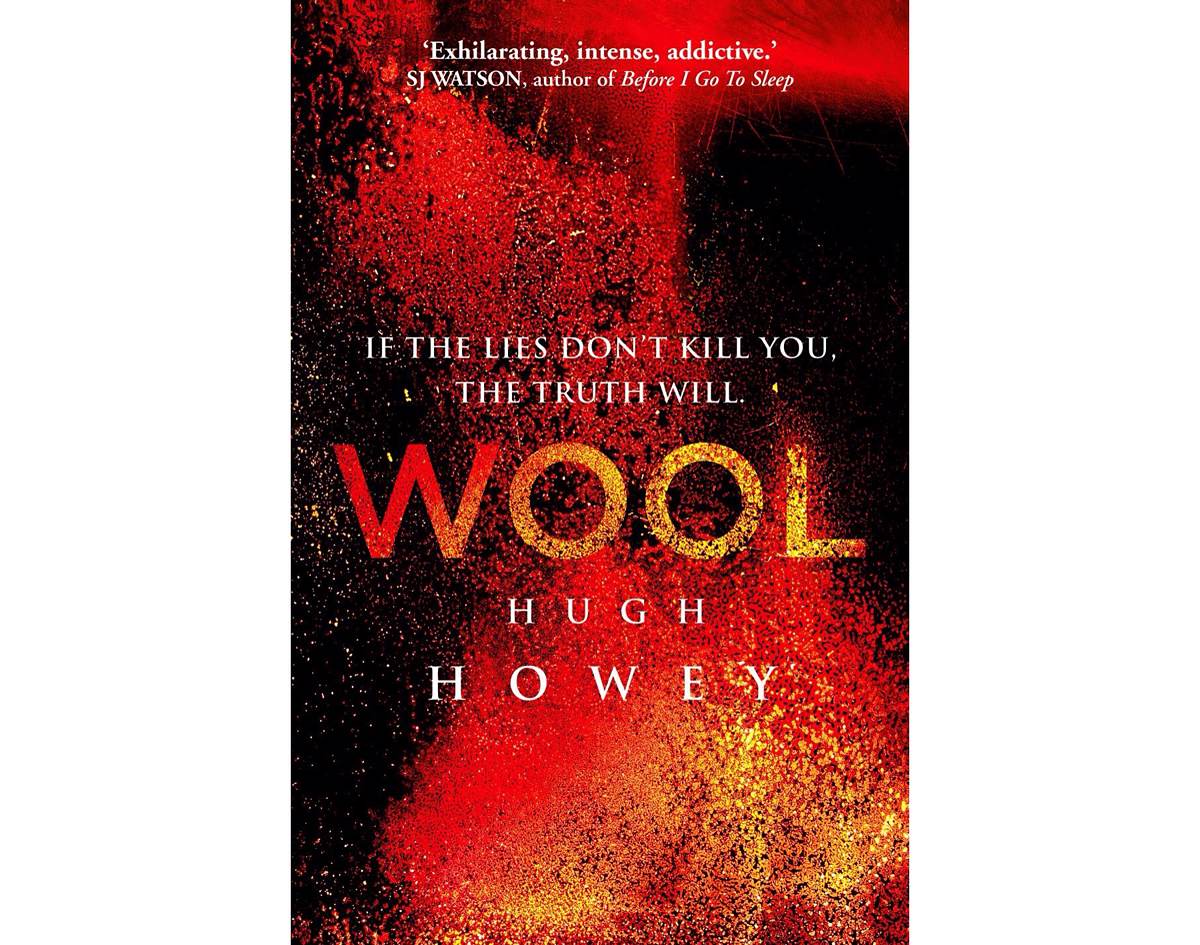
Wool by Hugh Howey.
Wool by Hugh Howey »
Wool is a post-apocalyptic story about a group of people forced to live within a giant silo underground, forbidden from ever speaking of going outside lest they be granted that very wish. Cameras aboveground provide the silo’s tenants a constant view of the ruined, poisonous landscape that can kill within seconds. “Criminals” sent outside are ordered to clean these cameras before setting out on their own, never to return.
I would share more details about the story, but I don’t want to give anything away. It’s the kind of book that teases you along with twist after twist until the very last page. It’s hard to put down.
- Paperback ($9)
- Hardcover ($17)
- Audiobook (digital) ($21)
- Audiobook (CD) ($8)
- Kindle format ($5)

What If? by Randall Munroe.
What If?: Serious Scientific Answers to Absurd Hypothetical Questions by Randall Munroe »
Randall Munroe, creator of the wildly popular xkcd webcomic, gets asked a lot of weird questions:
What would happen if the Earth and all terrestrial objects suddenly stopped spinning, but the atmosphere retained its velocity?
What would happen if you tried to hit a baseball pitched at 90% the speed of light?
What would it be like if you traveled back in time, starting in Times Square, New York, 1,000 years? 10,000 years? 100,000 years? 1,000,000 years? 1,000,000,000 years? What about forward in time 1,000,000 years?
What is the farthest one human being has ever been from every other living person? Were they lonely?
The questions themselves are amusing, but the real fun comes when he attempts to answer them seriously using hard scientific data and analysis. In his book, What If?: Serious Scientific Answers to Absurd Hypothetical Questions, he collects together a bunch of these eminently readable pieces — many of which have never been published on the webcomic.
As one Amazon reviewer put it:
If you have even a passing interest in science and ever enjoy daydreaming about the fantastic or the ridiculous, this book is for you. If you don’t think that you enjoy those things, this book will prove to you that you do.
Trust me: If you’re into science at all, Munroe’s book belongs in your collection.
- Paperback (from $13)
- Hardcover ($15)
- Audiobook (digital) ($21)
- Audiobook (CD) ($19)
- Kindle format ($12)
- iBooks format ($12)

Bird by Bird by Anne Lamott.
Bird by Bird: Some Instructions on Writing and Life by Anne Lamott »
Ever heard the term “crappy first draft”? Many writers will tell you how important it is to give your first drafts permission to utterly stink — to get ideas out of your head and onto the page as soon as possible. Iteration comes later.
I’m not sure if Anne Lamott’s 1995 book, Bird by Bird: Some Instructions on Writing and Life, was the originator of the idea but it sure did popularize it:
For me and most of the other writers I know, writing is not rapturous. In fact, the only way I can get anything written at all is to write really, really sh***y first drafts. The first draft is the child’s draft, where you let it all pour out and then let it romp all over the place, knowing that no one is going to see it and that you can shape it later. […]
Almost all good writing begins with terrible first efforts. You need to start somewhere. Start by getting something—anything—down on paper.
More than writing though, this witty book is about tackling life’s problems, struggling with inner demons, facing hard truths, and most importantly, learning to plug away at your work whether or not you think it’s any good.
- Paperback ($10)
- Audiobook (digital) ($17)
- Audiobook (CD) ($13)
- Kindle format ($9)
- iBooks format ($9)
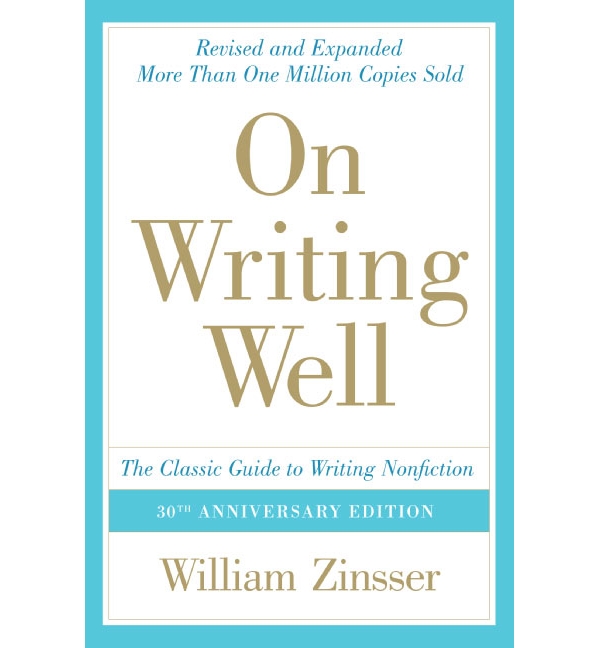
On Writing Well by William Zinsser.
On Writing Well by William Zinsser »
Speaking of writing, William Zinsser’s On Writing Well — much like Strunk & White’s The Elements of Style and Stephen King’s On Writing — is one of those books often recommended, sooner or later, to writers of all levels. And for good reason.
Mr. Zinsser worked in the writing business for nearly 70 years before passing away a couple months ago. He taught classes and workshops, worked as a journalist, and authored nearly 20 books on a variety of topics. When he gave writing advice it was always best to listen up (and still is). On Writing Well is chock-full of precisely such advice.
Where the aforementioned Elements of Style comes across as dry and stuffy, On Writing Well is warm and inviting. Sure, Zinsser provides some concrete rules to abide by, but he also admits it’s okay for an experienced writer to break them sometimes.
- Paperback ($10)
- Kindle format ($10)
- iBooks format ($10)

The Crossroads of Should and Must by Elle Luna.
The Crossroads of Should and Must: Find and Follow Your Passion by Elle Luna »
In The Crossroads of Should and Must, Elle Luna writes that there are four obstacles to doing what she calls our “Must” (i.e. our most important work): Money, Time, Space, and Vulnerability:
It is here, standing at the crossroads of Should and Must, that we feel the enormous reality of our fears, and this is the moment when many of us decide against following our intuition, turning away from that place where nothing is guaranteed, nothing is known, and everything is possible.
Here is Mrs. Luna on the concept of Space (as in Workspace, not Outer Space):
You need a physical space — private, safe, and just for you. When you are in this space, you are not available. I repeat, you are not available. This is your sacred space to be by and with yourself. We all need safe containers. How might you create a safe space that you can spend time in daily? How might you get creative with where it begins and ends? Find this place and make it your own.
We at Tools & Toys just adore this book.
- Hardcover ($9)
- Kindle format ($9)
- iBooks format ($10)
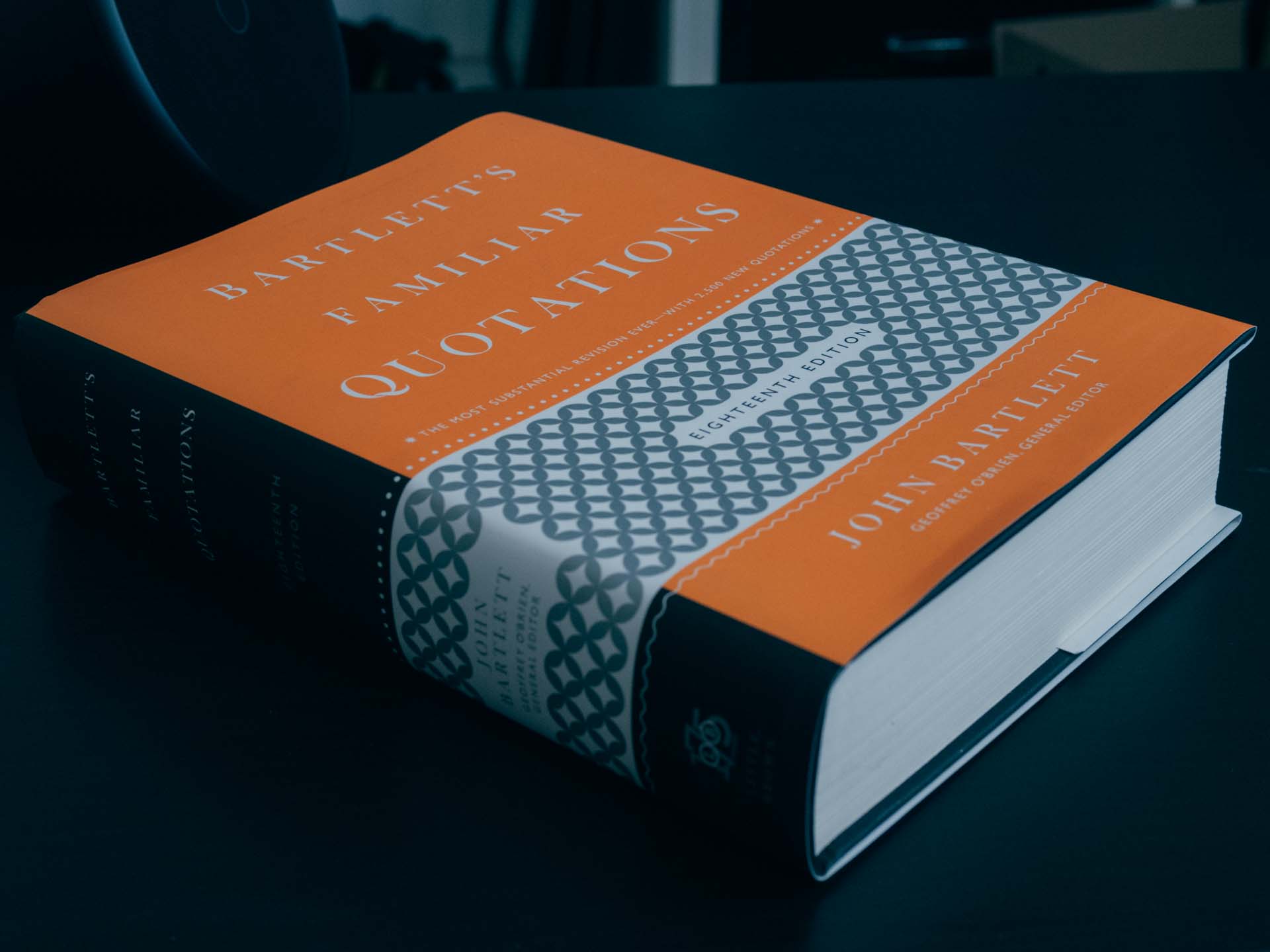
Bartlett’s Familiar Quotations by John Bartlett.
Bartlett’s Familiar Quotations by John Bartlett »
This one has been a staple of our yearly holiday gift guide. The first edition was compiled by John Bartlett in 1855 and was a mere 258 pages thick. Now, the 18th edition weighs in at 1,438 pages, all jam-packed with interesting, inspirational, and memorable quotes. It’s an excellent gift for the curious, the discerning, the learned, the bored, or all of the above. Also makes for a great reference when writing and for great reading on a lazy afternoon.
- Hardcover ($30)
- Kindle format ($20)
- iBooks format ($20)